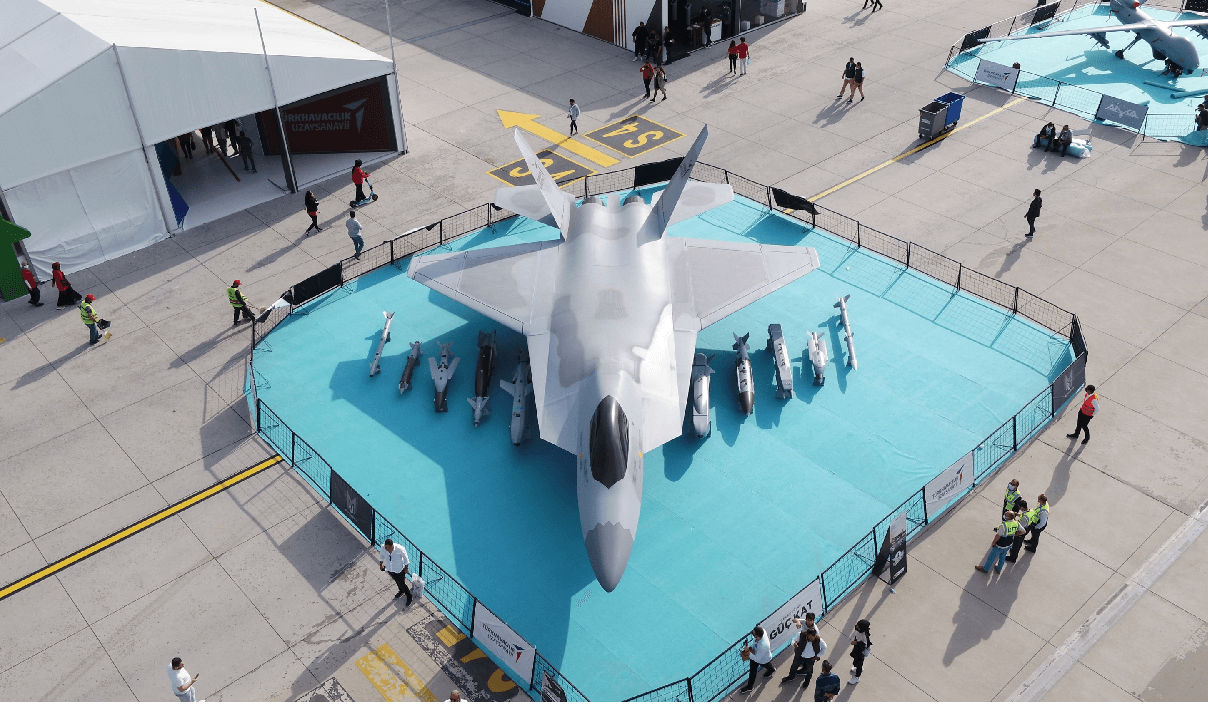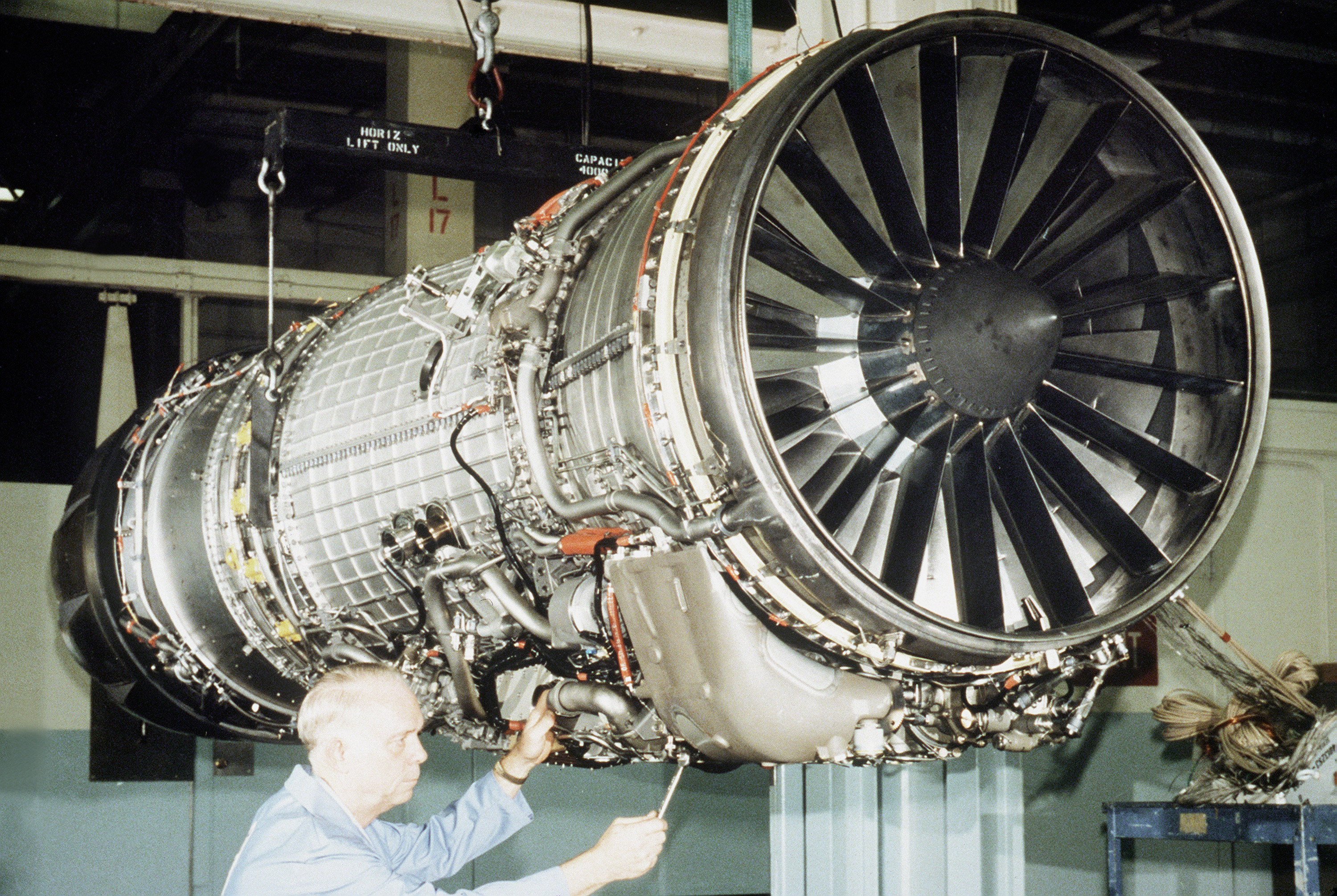Last month, Turkish President Recep Tayyip Erdogan said that talks with the US to revive the F-35 deal were progressing positively. However, no further development was reported thereafter by either side to resolve the impasse concerning the American stealth fighter.
From Artificial Sun To Orbital Bombardment Concept – China Claims ‘Big Breakthrough’ With Nuclear Fusion Reactor
Turkey faces action under the Countering America’s Adversaries through Sanctions Act (CAATSA) for going ahead with the purchase of the Russian S-400 air defense system. It was also expelled from the F-35 consortium, prompting Ankara to start working on its indigenous fighter jet TAI TF-X.
In a fresh development, the director of Turkey’s defense industry recently stated that the country’s top body has begun working with Rolls-Royce of the United Kingdom on the engine that would power the country’s National Combat Aircraft (MMU), TF-X.
The engine for the TF-X fighter jet is being developed by the Turkish Air Engine Company (TAEC), a partnership between Kale Group (51% of the shares) and Rolls-Royce with 49%.
Ismail Demir, the head of the Presidency of Defense Industries (SSB), spoke on the progress relating to the MMU, a long-awaited domestic defense industry initiative, on CNN Türk’s broadcasted show.

The Turkish Aerospace Industries (TAI) is the prime contractor for the TF-X MMU, a fifth-generation fighter with features similar to Lockheed Martin’s F-35 Lightning II. The TF-X is most likely to make its first flight in the next three years. The joint partnership for the TF-X engine could be seen as a major step forward in that regard.
Military Experts Mock Chinese ‘Low-Quality’ Hardware For Russia’s Sluggish Progress To Sweep Ukraine, Seize Kiev
“We also had the possibility of working with Rolls-Royce for the engine,” Demir said, referring to an alternative engine option of F-110 to be delivered by the United States.
The F110 is a two-spool after-burning turbofan engine used in up to 86 percent of all US Air Force F-16C/D aircraft. The F110-GE-129 also powers the Mitsubishi F-2 in Japan, as well as the Turkish, Greek, and Japanese F-16 fighters. The engine can deliver up to 36,000 pounds of thrust.

“We previously had some concerns (about this cooperation),” he said referring to the partnership with Rolls Royce; however, the company eventually resolved these concerns. “The work has begun,” he added.
Ankara has been working on its combat aircraft on a war footing, with a special focus on the heart of the fighter jet — its engine. Fahrettin Ozturk, Executive Vice President of Turkish Aerospace had earlier stated that even though the first prototypes of the TF-X are to use imported engines, Turkey is working on developing an indigenous engine for the future.
Further, last year, Turkey’s procurement agency had tasked a local firm called TRMotor with developing vital technology for the engine of TF-X, Defense News had reported. A deal was signed to create an auxiliary power unit and an air turbine start system.
Fake News! Poland Slams US Reports As ‘Misinformation’; Says No Fighter Jets For Ukraine But Ready To Help Refugees
Turkey was reportedly in talks with Russia for cooperation on the TF-X project. However, with the Russian invasion of Ukraine and the sanctions imposed on Moscow’s defense industry, this option could well be off the table now. Further, reports had indicated that Dassault Group’s ‘Digital Twin Technology’ was also to be used in the TF-X.
Rolls Royce To Power TF-X
Turkey’s collaboration with Rolls Royce has been in the works for a long time. The British company and Turkish Kale Group had earlier formed a joint venture to produce a locally developed engine for the Turkish fighter jet program. However, the agreement was put on hold due to concerns about technology transfer. It was then revealed that the plane would have two engines, each with a thrust rating of over 20,000lb, according to Air Force Technology.
Demir had stated in March 2021 that the British company lacked an engine for the TF-X aircraft and that the company was offering to develop an engine for the MMU through a partnership it had established in Turkey.
However, the Turkish side refused to accept certain requirements, Demir said at the time.
There is another speculation that Turkey’s TRMotor and Rolls-Royce would collaborate to create an engine for the MMU, Daily Sabah stated.
Meanwhile, Rolls-Royce has a close relationship with the Kale Group. The Kale R&D firm, a part of the Kale Group, produces domestically produced turbojet engines that are used in Turkish missiles.
A Twitter handle named ‘TurkishFacts4u’ posted that Rolls Royce is collaborating with Kale Group. However, it could be independently verified.
Even though Turkey has itself announced its association with Rolls Royce for jointly developing an engine for the national combat aircraft, it would be premature to conclude that the F-35 deal for Turkey is shelved.
Despite announcing plans for developing TF-X, Ankara has been engaged in talks with the US at the highest levels for reviving the F-35 deal. It has also asked the US to provide more F-16 fighter jets, talks on which are also hanging in the balance for now.
Turkey’s resolve to complete the TF-X project soon could be seen as an effort to close the gap between its own airpower and that of its regional rival Greece which has recently purchased Rafale jets from France. Further, its Air force is dominated by the aging F-16 Falcons with an urgent need for an upgrade.
Turkey is also collaborating with Pakistan to produce what is seen as the Islamic world’s first big fighter jet. However, there is no clarity yet about whether that project would be the TF-X or a separate fifth-generation combat aircraft.
National Combat Aircraft TF-X
The TFX is a fifth-generation fighter that looks similar to the Lockheed Martin F-35 Lightning II. The indigenous planes developed by Turkish Aerospace are eventually to replace the Turkish Air Force’s F-16 fighter jets, which are scheduled to be phased out by the 2030s.
The TF-X is a twin-engine multi-role aircraft built primarily for air-to-air missions but capable of performing air-to-ground missions as well.
Russia’s ‘Iraq Strategy’: Why Putin Is Moving Slow To Seize Ukraine When Zelensky Goes Ballistic With Information War
According to TAI, Turkey will become one of the few countries with the necessary technology, engineering infrastructure, and capabilities to produce a 5th-generation (or beyond) fighter plane once all critical features (such as greater situational awareness, sensor fusion, low observability, weapon bay, and so on) have been inculcated as part of the TF-X program.
Turkey also opened new engineering facilities for the design, development, and production of this fighter jet in order to meet President Erdogan’s deadline.
The national fighter plane is set to leave the hangar in 2023, fly for the first time in 2025 or 2026, and join the Turkish Armed Force (TSK) in 2029.
- Contact the author at sakshi.tiwari9555@gmail.com
- Follow EurAsian Times on Google News




